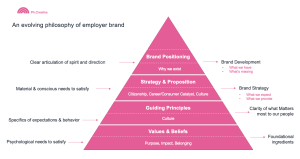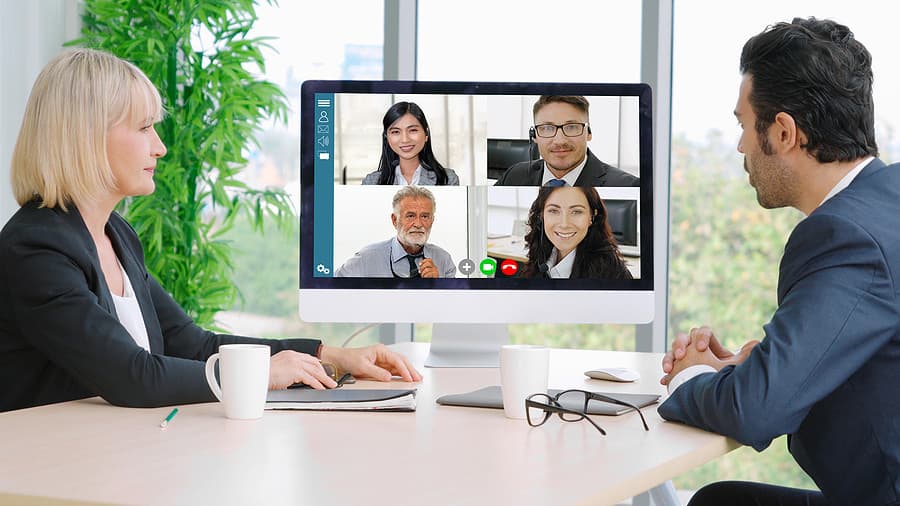As we settle into new business rhythms and modalities, much has been made around the “future of work” in a post-COVID world. Will physical offices die out? Will remote working become the norm? Can we say sayōnara to chilled cucumber water once and for all?
Whatever the future holds, it’s clear there’s no going back to the old normal.
In the U.S., studies have shown that more than half of workers now want a combination of home and office working. Across the pond, U.K. employers have suggested that the number of remote workers could double from pre-pandemic levels of 18% to more than 37% post-pandemic. Meanwhile, employment experts have predicted that in 10 years’ time there may be a split of 60/40 onsite-to-remote work in China.
What’s more, a Mckinsey study found that more than 20% of today’s workforce could work remotely three to five days a week as effectively as they could if working from an office. If remote work took hold at that level, that would mean three to four times as many people working from home than before the pandemic.
It’s therefore important for employers to identify work preferences among their people, then design and deploy a model that fits within new parameters. In this sense, work will become less a “place you go” and more “something you do.”
Look at Google, which opened offices for voluntary attendance. In September, the company is expecting employees to work from the office three days per week, opting for a hybrid-style approach that gives people more flexibility around how and when they work. As Google put it, their offices “won’t look exactly the way you remember them.”
In this new hybrid model, an employer brand must work smarter if it wishes to design a culture that prioritizes safety, belonging, and camaraderie regardless of physical location.
A Culture Fit for Purpose
For a culture to produce a happy, productive, and engaged workforce remotely, organizations will need to leverage the power of a modern, 21st-century employer brand.
What makes an employer brand modern? Fundamentally, it needs to satisfy basic psychological needs around purpose, impact, and belonging. In doing so, it needs to distill clear demands and expectations around shared behaviors
Once this distillation is complete, an employer brand must satisfy the material and conscious needs of employees, which is best delivered via a “Give and Get’ employee value proposition (EVP). This EVP statement should encapsulate what an organization expects of its employees and outline what they stand to receive in return.
The pyramid below shows exactly how each of these elements should work together and stack on top of one another. (Notably, physical location is not a requirement for any of this. )

Staying Competitive in a New World of Work
To stay competitive in a hybrid world, the role of employer brand must evolve.
Compensation and benefits, for example, is one hotly contested issue. LinkedIn sparked an impassioned debate around whether salary should be dependent upon location when it ran a poll asking, “Should the size of an employee’s salary depend on where they live?”
Garnering more than 26,227 responses, a resounding 51% of professionals said, “No, salary should not be dependent upon where you live,” suggesting a change in the way people perceive work and compensation. Reddit meanwhile made headlines when it said that it would be paying all U.S. employees the equivalent of San Francisco and New York salaries.
But staying competitive in a new world of work will require more than just adapting salaries to meet new employee expectations. Companies must make their employer brand a strategic priority by actively designing and articulating a two-way employee value proposition, which will help employers attract the right talent and repel the wrong cultural fits.
Think about it: Every organization will adapt to the future of work to varying degrees. Some may go fully remote while others will adopt a hybrid-style approach. The point is that companies must own their unique approach and articulate it within the context of a two-way value proposition. Tell people about the challenges in your hybrid model. Be upfront about the long working hours required when working remotely.
By articulating the harsh realities that people must be willing to accept and overcome to thrive at your organization, you can set the foundation for an employee experience that provides true purpose, impact, and belonging.
